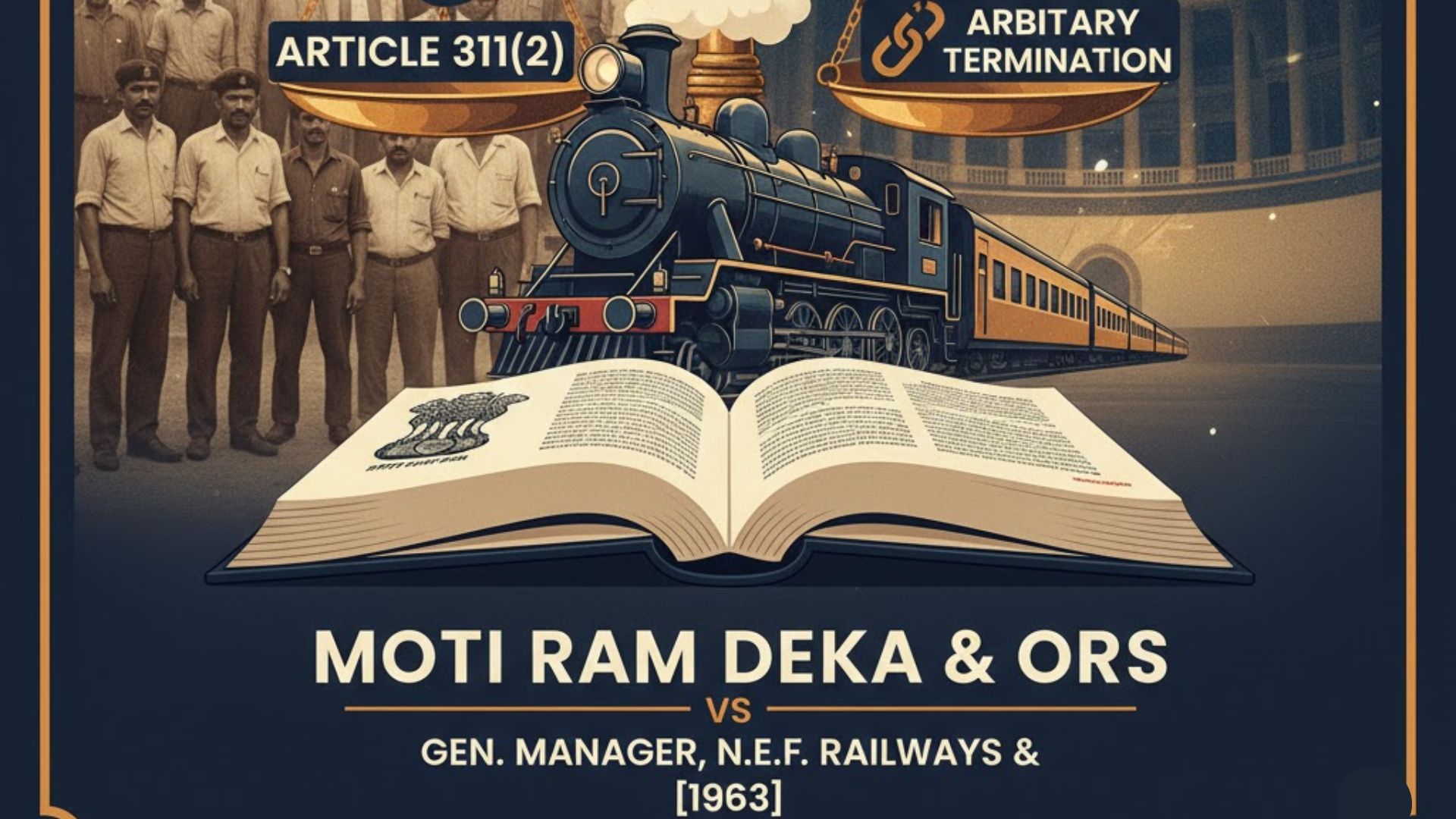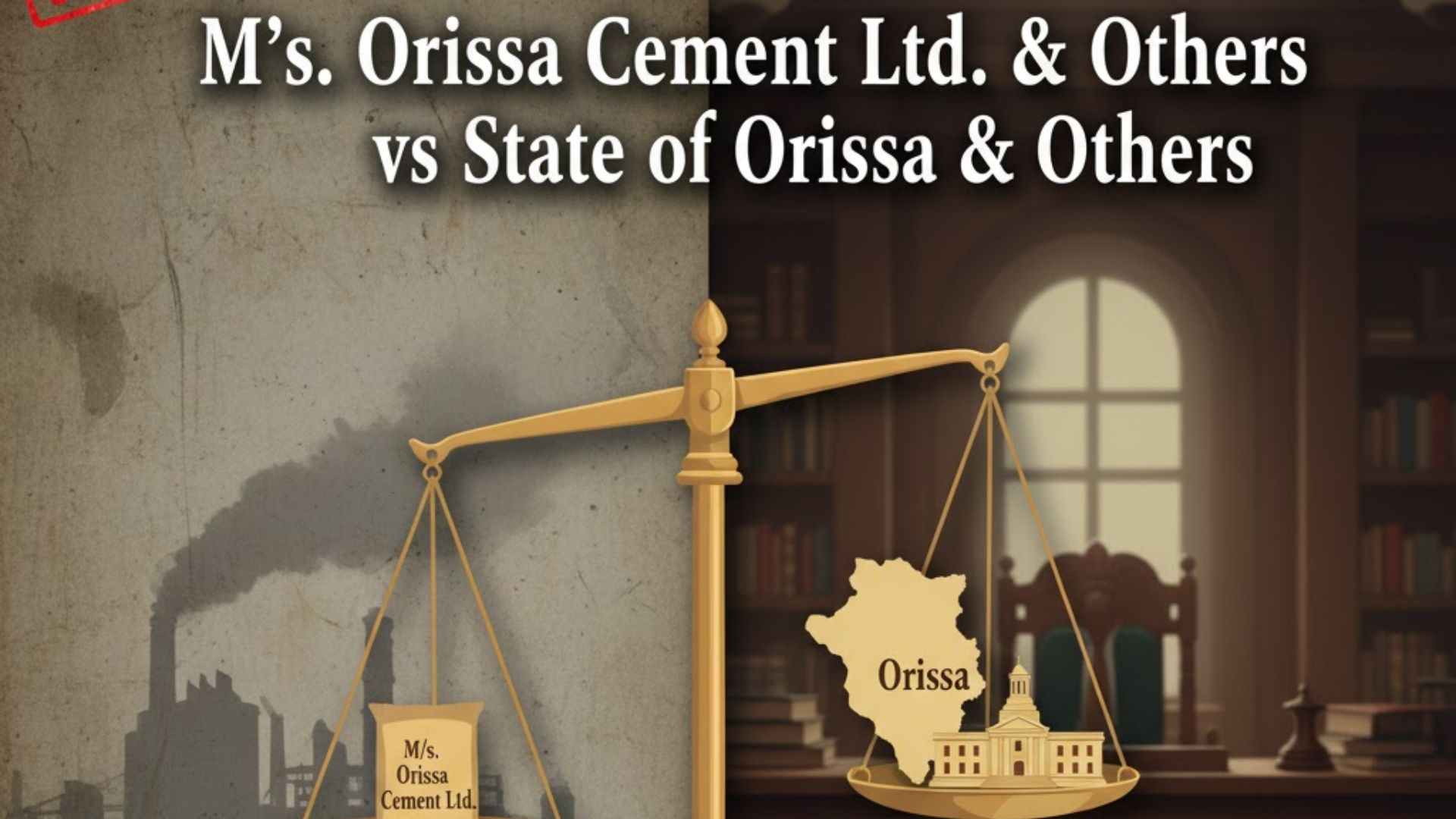1. The assessee is a registered society and its members are six different associations of hosiery manufacturing concerns. The receipt of the asses-
see consists of annual subscription, special subscription and allocation charges, collected from various hosiery manufacturing units. Special
subscriptions were raised by the assessee from its members when funds were required for a special item of expenditure other than the routine
expenditure, the allocation charges are received by the assessee at 25 paise per kilogram of woollen yarn allocated by it to its various members.
The assessee is allotted by the Union of India a bulk quota of woollen yarn, imported as well as indigenous which is further allocated by the
assessee to its various members. In this process, the assessee has to incur expenditure for procuring bulk quota as well as in making allocation to
its members. During the accounting year ending on March 31, 1969, special subscription received was Rs. 24,176.12, annual subscription Rs.
1,300 and allocation charges Rs. 69,329.82. During the next accounting year, the annual subscription was Rs. 5,600 and the allocation charges,
Rs. 1,19,419.71. The ITO on these facts held that the receipts of the assessee constituted income, as contemplated under Clause (iii) of Section
28 of the I.T. Act, and were assessable to tax as such. He further repelled the plea of the assessee that it was entitled to exemption from tax on the
said income by virtue of the provisions of Section 11(1)(a) of the I.T. Act. On appeal, the AAC confirmed the said findings but reversed the order
of the ITO qua the amount of Rs. 1,300 and Rs. 5,600 holding that the amounts of annual subscriptions were not covered by Clause (iii) of
Section 28 of the Act.
2. The Tribunal, after taking into consideration the memorandum of association of the assessee, dismissed the appeal with the following finding :
......the assessee-society had been established for the purpose of encouraging scientific research in hosiery manufacture and for educating the
assessee''s members and the public at large for an improvement in the design and industry of hosiery manufacture and further that, according to
Clause (23) of the said memorandum, the procurement and allocation of woollen hosiery yarn was one of the objects of the assessee and that such
allocation had to be done on no profit no loss basis even though some charges could be collected for the smooth running of the office of the society
and its administration. The Tribunal accepted the assessee''s contention that the service of allocation of quantities of woollen yarn rendered by the
assessee to its members was not a business activity within the meaning of Section 28(i). The Tribunal, however, held that the assessee, even in the
absence of intention to make profit, derived assessable income from specific services performed for its members inasmuch as its receipts of fees in
respect of specific services rendered to its members exceeded the expenditure incurred by the assessee. The Tribunal further found that the annual
subscriptions or special subscriptions were not relatable to the distribution of woollen yarn and the receipts of those two items would, therefore,
not merit to be accounted towards income for the purpose of Section 28(iii), Income Tax Act.
2. Regarding the assessee''s claim to exemption u/s 11(1)(a), Income Tax Act, the Tribunal agreed with the assessee that its activity fell within the
ambit of the definition of charitable purposes, as contained in Section 2(15), Income Tax Act, but the Tribunal did not feel satisfied that the
assessee''s income covered by Clause (iii) of Section 28 was income from property within the meaning of Section 11(1)(a), Income Tax Act.
3. Still dissatisfied, the assessee moved an application u/s 256(1) of the I.T. Act and the following question has been referred for the opinion of this
court :
Whether, on the facts and in the circumstances of the case, the Appellate Tribunal was right in holding that the amounts received by the assessee
on account of allocation charges were covered by Section 28(iii), Income Tax Act, and that the said receipts did not amount to income derived
from property held under trust within the meaning of Section 11(1)(a), Income Tax Act ?
4. As is evident from the above finding, although the Tribunal held that the activity of the assessee was covered by the definition, ""charitable
purposes"", as contained in Section 2(15) of the Act, yet it held that it was not entitled to exemption nor its income covered by item (iii) of Section
28 because it was not income from property within the meaning of Section 11(1)(a) of the Act. The reason given was that the income derived from
the activity of rendering service to its members could not be said to be income from property as envisaged in the said clause. However, the view of
the Tribunal cannot be sustained because, by virtue of Sub-section (4) of Section 11. ""property held under trust"" includes a business undertaking
so held and the matter has since been concluded by a recent decision of the Supreme Court in Additional Commissioner of Income Tax, Gujarat
Vs. Surat Art Silk Cloth Manufacturers Association, . In that case, the assessee was the Surat Art Silk Cloth Manufacturers Association. Its aims
and objects were as under (head note):
(a) to promote commerce and trade in art silk yarn, raw silk, cotton yarn, art silk cloth, silk cloth and cotton cloth ; (b) to carry on all and any of
the business of art silk yarn, raw silk, cotton yarn, as well as art silk cloth, silk cloth and cotton cloth, belonging to and on behalf of its members ;
(c) to obtain import licences for import of art silk yarn, raw silk, cotton yarn and other raw materials as well as accessories required by its
members for the manufacture of art silk, silk and cotton fabrics ; (d) to obtain export licences and export cloth manufactured by the members ; (e)
to buy and sell and deal in all kinds of cloth and other goods and fabrics belonging to and on behalf of the members :... (n) to do all other lawful
things jas are incidental or conducive to the attainment of the above objects.
5. All income and property of the assessee derived from these activities were held to be covered by the provisions of Section 11(1)(a) and as such
exempt from Income Tax. In the present case, some of the aims and objects of the assessee, inter alia, were as under:
1. To promote, organise and encourage scientific research in the hosiery manufacturers'' inventions, investments and design...
3. To find out ways and means of progress, development and improvement of hosiery industry and to safeguard and to protect its interests.
4. To procure, encourage and formulate means for a collective buying of industrial raw materials and machinery whether imported or indigenous
pertaining to the hosiery industrialists on no profit no loss basis.
5. To encourage and formulate ways and means for collective selling of hosiery products....
14. To make arrangement and approach the Central Government for setting up of woollen hosiery yarn spinning plant on co-operative basis in
order to provide the industry its basic raw material on fair prices....
18. To open fair price shops for sale of hosiery goods to consumers...
22. To devise ways and means for encouraging exports of the hosiery products.
23. To procure, allocate, distribute to hosiery manufacturers woollen hosiery yarn, their basic raw material from time to time on no profit no loss
basis. To impose, collect, charge, cess or handling charges for their smooth running of the offices of the society and its administration.
5. A perusal of the above-mentioned aims and objects would show that the present case is fully covered by the decision of the Supreme Court in
Additional Commissioner of Income Tax, Gujarat Vs. Surat Art Silk Cloth Manufacturers Association, and the income derived by the assessee
was income from property within the meaning of Section 11(1)(a) of the I.T. Act. The question referred is consequently answered in the negative,
in favour of the assessee and against the Revenue. No costs.

